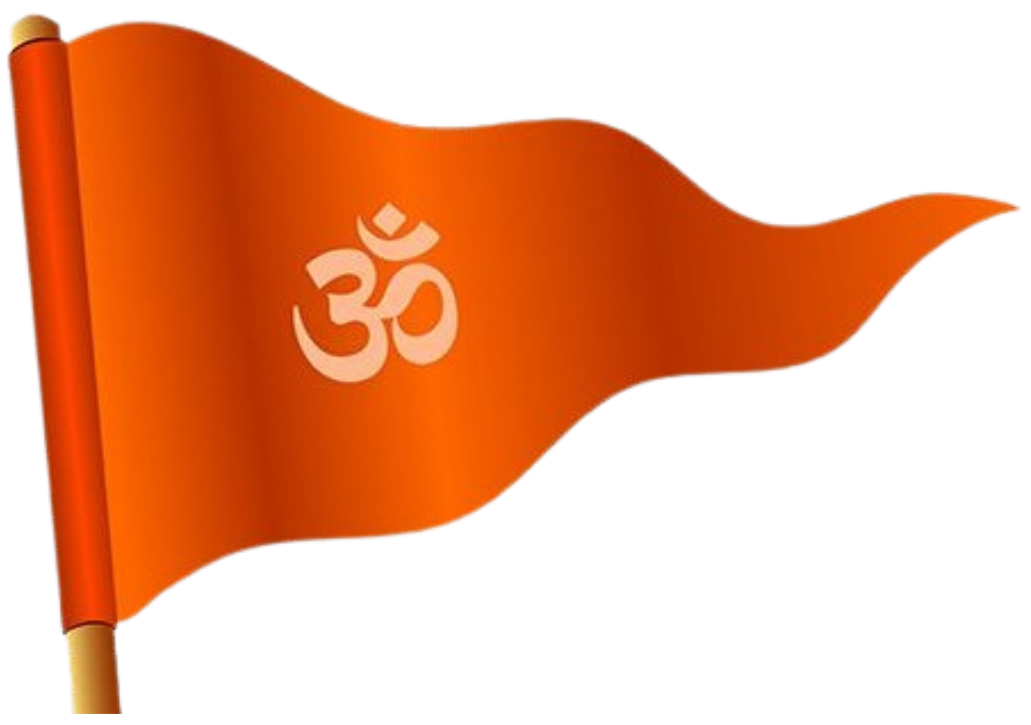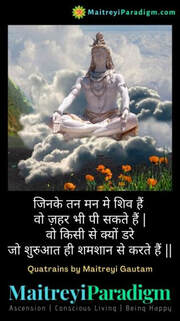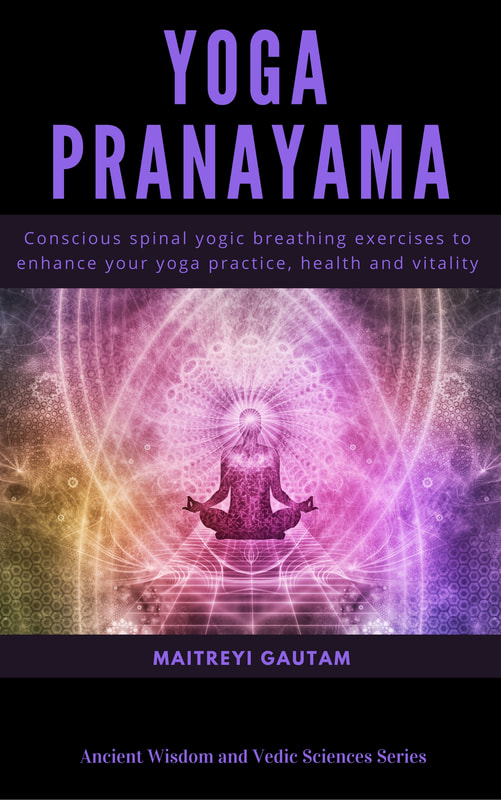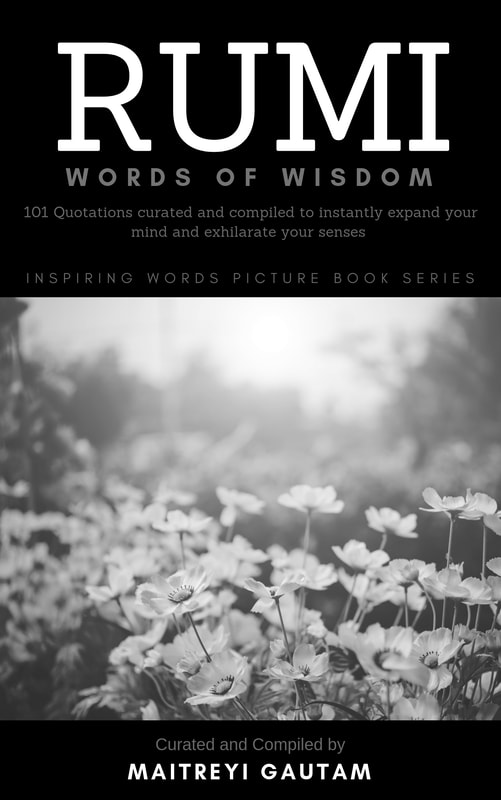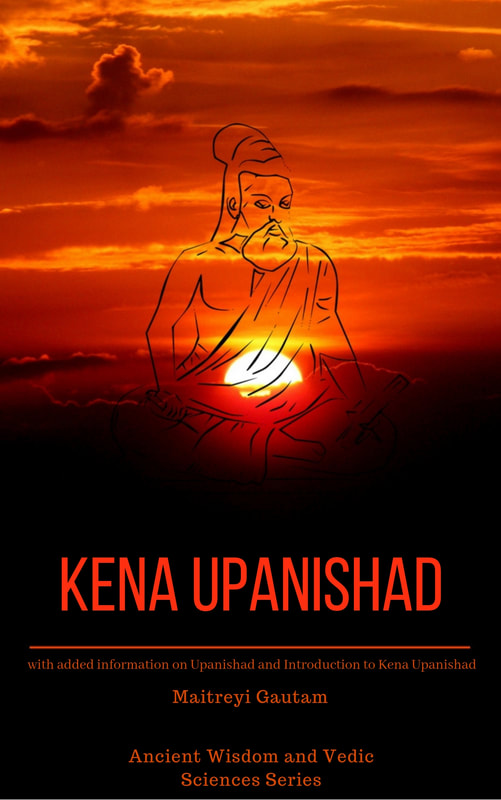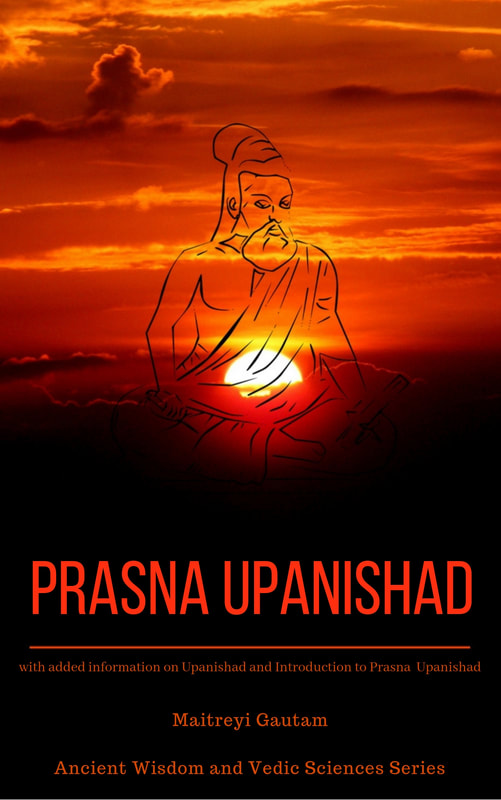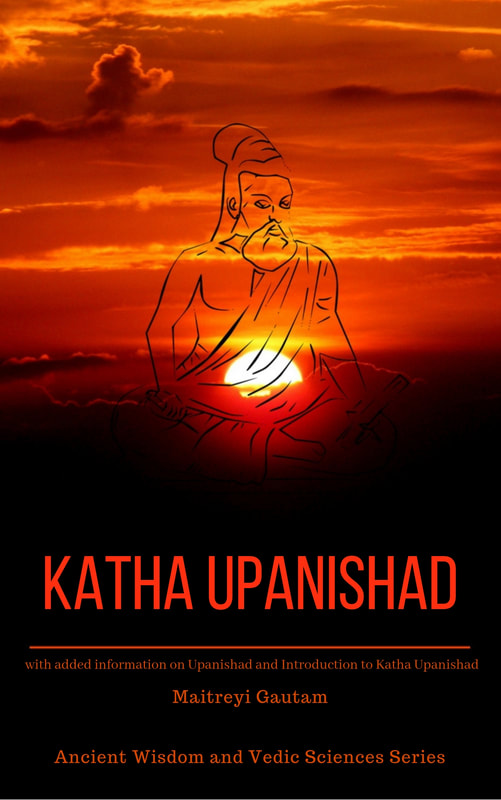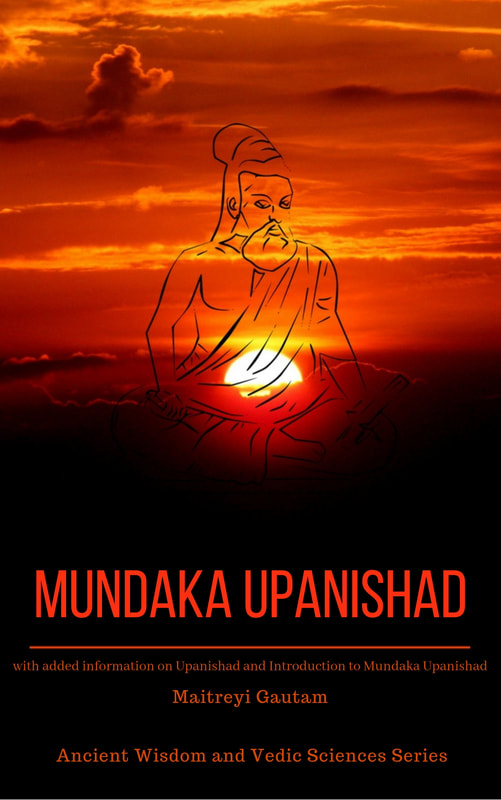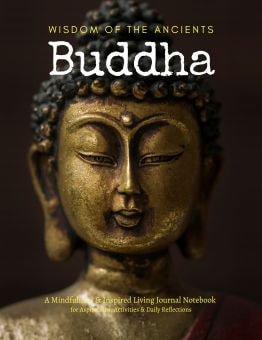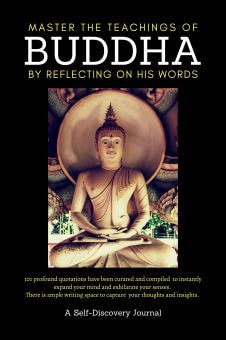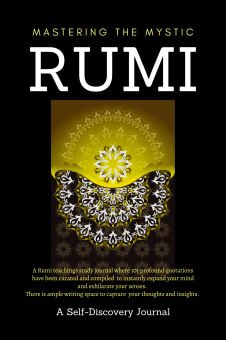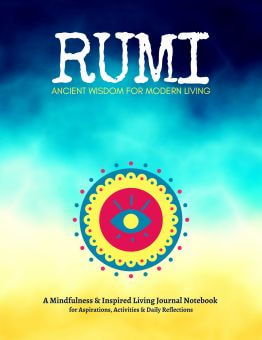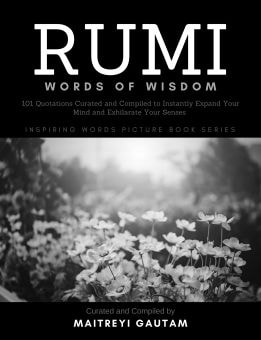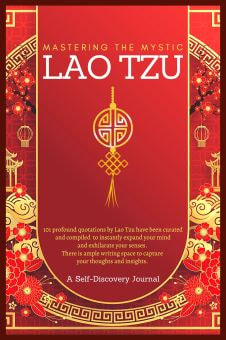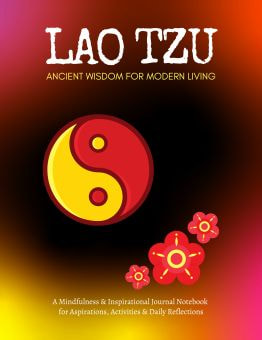The Yajur Veda is one of the four Vedas of Hinduism, primarily focused on rituals and sacrifices associated with Vedic religion.
Unlike the Rigveda, which is largely composed of hymns, and the Sama Veda, which is mostly songs, the Yajur Veda is a compilation of prose and verse formulas that were to be pronounced by the priest conducting the sacrifice. These utterances are called "Yajus," which is why the text is called the Yajur Veda.
The Yajur Veda is divided into two primary versions: the Shukla Yajur Veda and the Krishna Yajur Veda
Both versions of the Yajur Veda serve as ritual handbooks, detailing the procedures and chants for performing various sacrifices and rituals.
In conclusion, the Yajur Veda is a comprehensive text that serves as a repository of ritualistic knowledge, philosophical insights, and historical context. Both the Shukla and Krishna Yajur Vedas have contributed to the understanding of Vedic religion and its rituals, as well as the philosophical and theological underpinnings of Hinduism.
The Yajur Veda remains an essential source for studying the early history of Indian civilization and its religious practices.
Unlike the Rigveda, which is largely composed of hymns, and the Sama Veda, which is mostly songs, the Yajur Veda is a compilation of prose and verse formulas that were to be pronounced by the priest conducting the sacrifice. These utterances are called "Yajus," which is why the text is called the Yajur Veda.
The Yajur Veda is divided into two primary versions: the Shukla Yajur Veda and the Krishna Yajur Veda
- Shukla Yajur Veda: The term "Shukla" means "white" or "pure." This version of the Yajur Veda is called "white" because it is considered to be arranged more systematically and logically. It is also the later version of the two. The Shukla Yajur Veda is divided into two parts: the Madhyandina and the Kanva, named after the sages who compiled them. The Madhyandina is prevalent in North India, while the Kanva is more common in South India. Both versions are further divided into two sections: the Samhita, which contains the ritual formulas, and the Brahmana, which provides explanations and discussions about the rituals.
- Krishna Yajur Veda: The term "Krishna" means "black" or "dark." This version is called "black" because it is considered to be less organized and more chaotic than the Shukla Yajur Veda. The Krishna Yajur Veda is further divided into several branches or schools, with the Taittiriya and Maitrayani being the most prominent ones. Unlike the Shukla Yajur Veda, the Samhita and Brahmana sections in the Krishna Yajur Veda are interspersed, leading to a mixed arrangement of prose and verse.
Both versions of the Yajur Veda serve as ritual handbooks, detailing the procedures and chants for performing various sacrifices and rituals.
- Rituals and Sacrifices: The Yajur Veda contains elaborate descriptions of the various rituals and sacrifices performed by the early Vedic people. These rituals include the Agnihotra, Darsapurnamasa, Somayaga, Vajapeya, and Ashvamedha. The text outlines the specific materials, chants, and procedures required for each ritual, as well as the associated rites and offerings.
- Philosophy and Theology: The Yajur Veda is not just a manual for rituals; it also explores the philosophical and theological aspects of Vedic religion. The text delves into the concepts of Brahman (ultimate reality), Atman (individual soul), and the interconnectedness of the cosmos and the self. It emphasizes the significance of performing one's duties with dedication and sincerity.
- Social and Historical Insights: The Yajur Veda provides a glimpse into the social and historical context of the Vedic era. It contains references to the social hierarchy, the role of the priests, and the significance of sacrifices in maintaining social and cosmic order. The text also alludes to historical events, migrations, and interactions between different groups of people.
- Preservation and Transmission: Like the other Vedas, the Yajur Veda has been preserved through oral transmission. The Brahmins, particularly the Yajurveda Brahmins, were responsible for memorizing, reciting, and passing down the text. Even today, the Yajur Veda is recited during Vedic rituals and ceremonies.
In conclusion, the Yajur Veda is a comprehensive text that serves as a repository of ritualistic knowledge, philosophical insights, and historical context. Both the Shukla and Krishna Yajur Vedas have contributed to the understanding of Vedic religion and its rituals, as well as the philosophical and theological underpinnings of Hinduism.
The Yajur Veda remains an essential source for studying the early history of Indian civilization and its religious practices.

